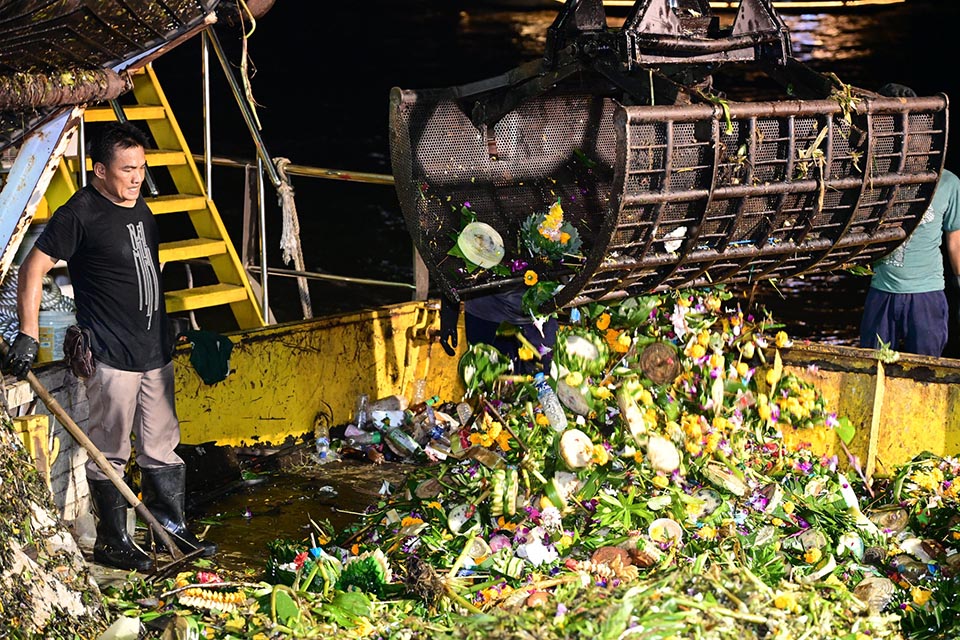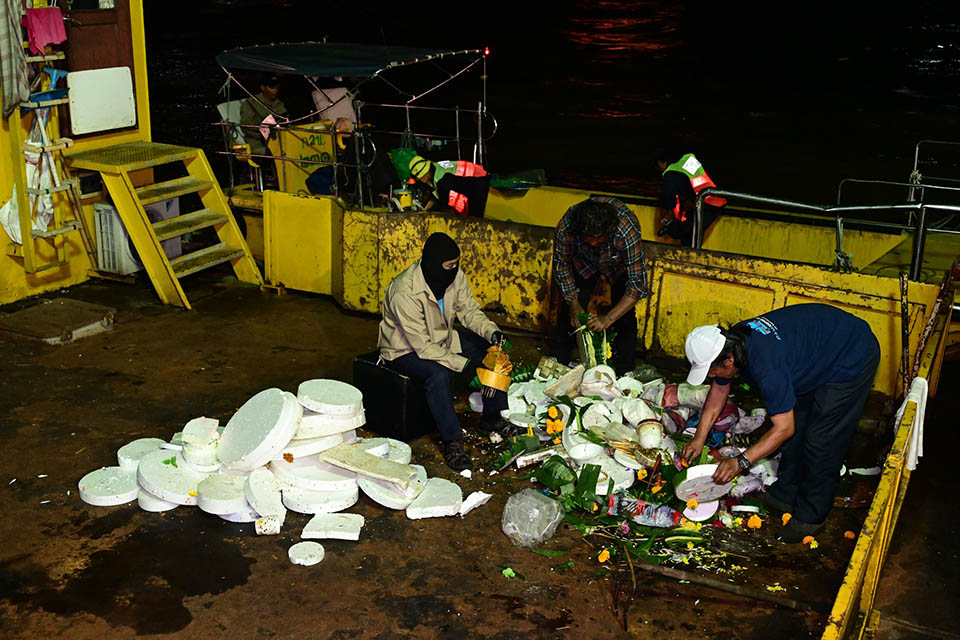
BANGKOK, Thailand – The Bangkok Metropolitan Administration (BMA) on November 16 announced a 20% decrease in the number of krathongs (floating offerings) collected during this year’s Loy Krathong Festival compared to 2023. Impressively, 98.39% of the krathongs were made from eco-friendly natural materials, while digital and online krathong floating initiatives attracted over 47,000 participants.
Mr. Ekwaranyu Amrapal, BMA spokesperson, revealed that a total of 514,590 krathongs were collected across the city. Of these, 506,320 (98.39%) were made from biodegradable natural materials, while only 8,270 (1.61%) were made from foam. This marks a notable improvement from last year when 96.74% were natural and 3.26% were foam.
Key Highlights:
Eco-Friendly Progress: The use of natural materials increased significantly, highlighting public and vendor efforts toward sustainability. Foam krathongs saw a sharp decline, demonstrating growing environmental awareness.
District Totals: Lat Krabang District had the most krathongs (20,806), while Khlong San District had the fewest (147).
Parks Participation: Over 255,000 people visited 34 city parks to float their krathongs, resulting in 96,508 krathongs being collected. On average, there were three visitors for every krathong.

Digital Loy Krathong Initiatives:
This year marked the debut of BMA’s online krathong floating platform, featuring a virtual experience of 34 city parks and the Chao Phraya River at ICONSIAM. The initiative drew 36,832 participants, while 10,885 digital krathongs were floated at four designated digital locations.
Environmental Impact:
The collected krathongs are being processed at three waste management centers: On Nut, Sai Mai, and Nong Khaem. Natural and biodegradable materials will be repurposed into organic fertilizer, while foam krathongs will be properly disposed of through landfill methods.
The shift toward eco-friendly krathongs reflects the public’s growing commitment to environmental preservation, reducing waste and contributing to global warming mitigation. Loy Krathong continues to evolve as a celebration of culture and sustainability.














